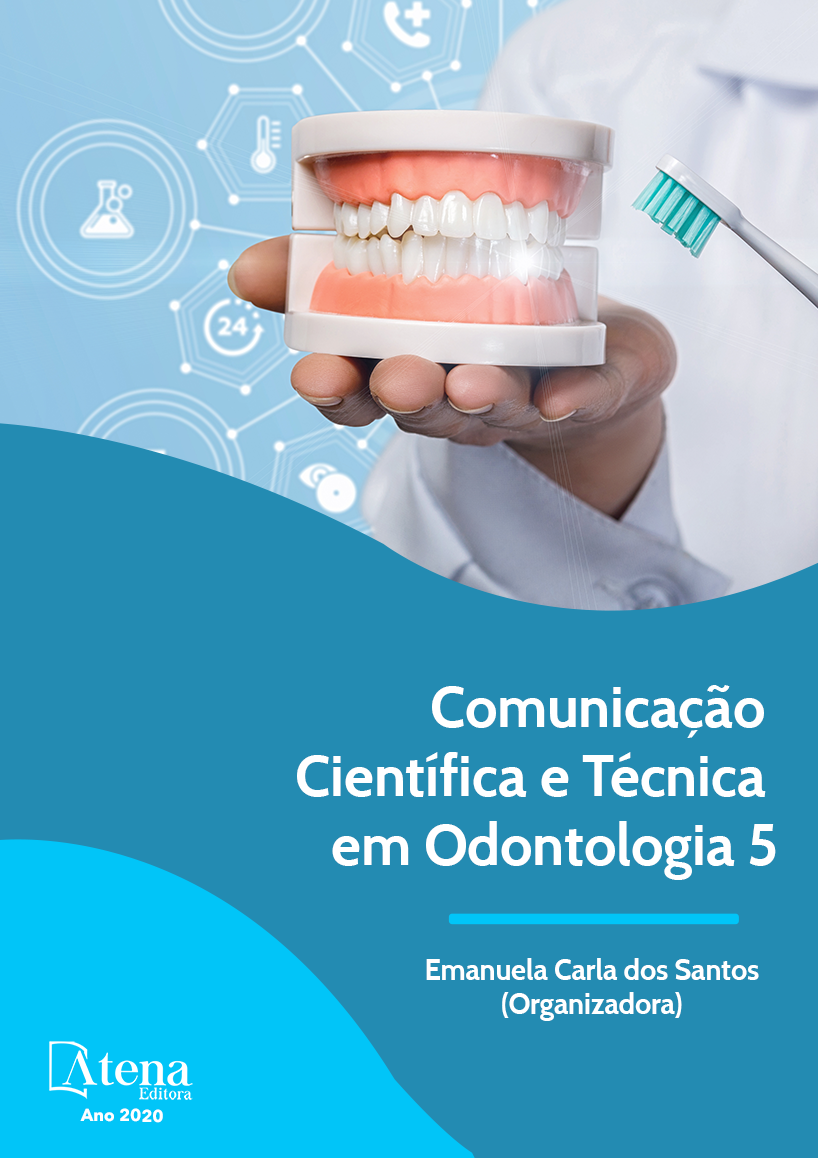
QUANTITATIVE EVALUATION OF BEHAVIOR AND PATTERN OF BACTERIAL ADHESION ON CERAMIC AND METAL BRACKET
Atena
QUANTITATIVE EVALUATION OF BEHAVIOR AND PATTERN OF BACTERIAL ADHESION ON CERAMIC AND METAL BRACKET
-
DOI: 10.22533/at.ed.62220240112
-
Palavras-chave: Atena
-
Keywords: Microbiology, Dental Materials, Dental Aesthetic, Orthodontic Appliance.
-
Abstract:
Objective: The aim of this study was to evaluate the behavior and pattern of bacterial adhesion (S. Mutans, Lactobacillus spp and Candida Albicans) on and around ceramic and metallic brackets. Materials and Method: Partial fixed orthodontic appliances were installed in 18 patients (4 metal brackets and 4 ceramic brackets with a SS 0.019 "x 0.026"). Two plaque collections were made: directly from the pre-bonded dental surface and the surface of the brackets, 21 days after bonding procedures. For the fulfillment of the macroscopic reading, plates that presented from 30 to 300 colonies were selected. Macroscopic reading, plates that presented from 30 to 300 colonies were selected. The comparisons between the microorganisms were made using the Kruskal-Wallis test, with the comparisons between pairs using the Mann-Whitney test. The Mann-Whitney test was also used to test the differences between the types of brackets. Results: In both types of brackets, Streptococcus mutans was the most present microorganisms, followed by Lactobacillus spp. No difference for ceramic brackets. The Scanning Electron Microscopy examination on the surface of the metal and ceramic brackets showed a heterogeneous distribution of forms suggestive of cocci, bacilli and fungi in the three areas delimited for visualization on the surface of these accessories. Conclusions: There is no difference when comparing ceramic and metal brackets. The fins did not show sites of preference in colonization.
-
Número de páginas: 15
- José Columbano Neto
- Flávio de Mendonça Copello
- Margareth Maria Gomes de Souza
- Ana Maria Bolognese
- Luíza Trindade Vilela


